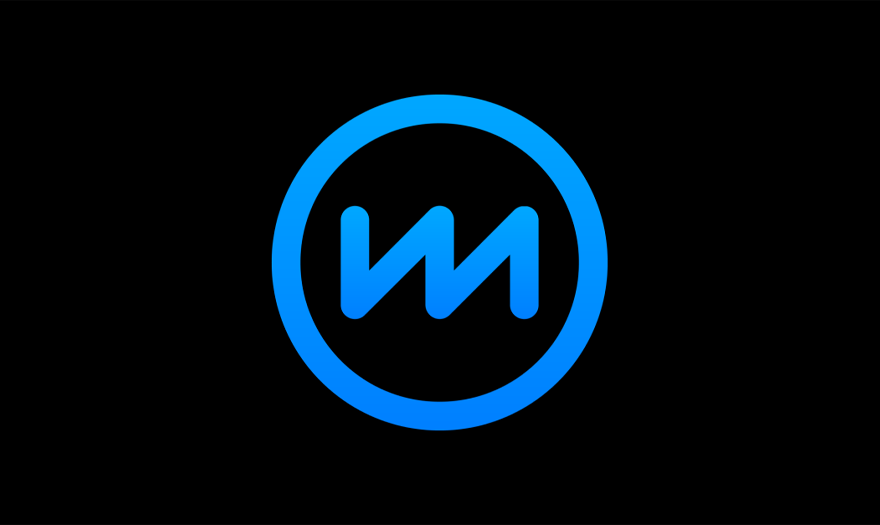
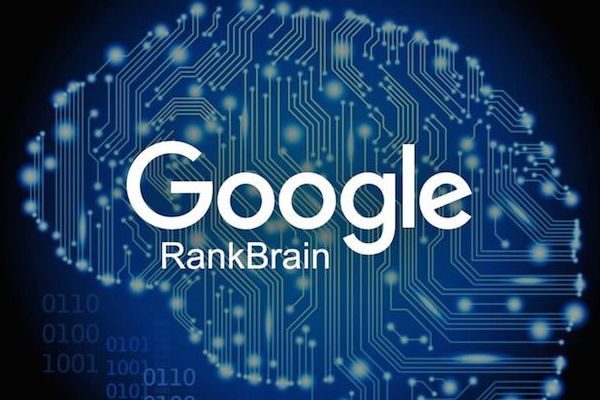
Should you still be doing SEO?
That’s like asking, “should we still be doing marketing?”
The answer is, of course, yes…. BUT:
Just as the old marketing tactics of yesterday won’t work today, outdated SEO tactics aren’t going to fly now either.
With Google’s advancements in machine learning – through its AI technology called RankBrain and BERT – SEO will never be the same.
We’ll break down what this means for you, the small business owner or marketing manager, and how to use AI-focused tactics to get more from your digital marketing investment.
What is RankBrain? Why Should We Care?
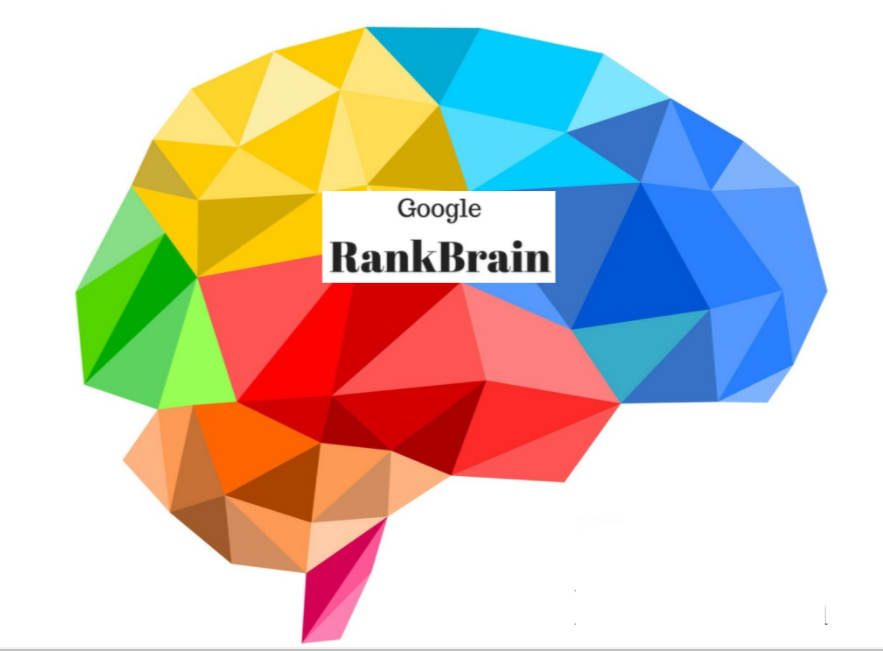
Google officially introduced RankBrain to the SEO landscape in 2015 and has been evolving it ever since.
RankBrain is a sophisticated technology that lets Google deliver more accurate results and a better search engine experience.
Google is all about matching the user’s intent with what a website or page offers.
The better the match, the more likely it is for that person to keep using Google for searches (and many other other products).
How is Google improving the process that matches intent?
As you might have guessed, RankBrain is a big part of this process.
Rather than just focusing on traditional SEO stalwarts like keywords and links, for example, RankBrain uses machine learning to understand and recognize how words shape context.
“The RankBrain system takes difficult or hard-to-understand queries and relates them to previous searches based on intent and end results,” says SEO expert Neil Patel. “Google RankBrain helps to sort out searches that Google has never seen before and relate them to existing searches.”
AI Is More Accurate Than Google’s Engineers
 Rather than applying a one-size-fits-all formula, RankBrain looks for patterns in searches – and is giving its users better results.
Rather than applying a one-size-fits-all formula, RankBrain looks for patterns in searches – and is giving its users better results.
As a result, RankBrain AI is doing better than even the “smartest” humans at Google.
One Google study showed its engineers at a 70% accuracy of predicting the #1 Google result for a given search – with RankBrain coming in at 80%.
And that was in 2015. Just think of how much more sophisticated RankBrain is now!
As if that weren’t enough, Google has augmented RankBrain with a new technology called BERT.
BERT Impacts 1 in 10 Google Searches

Google rolled out BERT on its worldwide search engines in late 2019 (we’ll hold back the “Ernie” jokes for now).
BERT is short for “Bidirectional Encoder Representations from Transformers.” It is an algorithm designed to help Google AI better understand the nuance and context of words in Searches.
We spoke earlier about intent? BERT helps Google better match the intent of search queries to deliver more helpful results.
BERT doesn’t replace RankBrain, but rather is an overlay for many searches. BERT is set to impact:
- 10% of all Google searches
- Organic rankings
- Featured Snippets
Think of BERT as a supporting actor, one who brings a certain richness and intrigue to an all-star production that’s destined to have a tremendous influence on society for years to come.
What Does Google’s AI Mean for You?

Google has established market dominance in search engine. Nobody’s banging down our door looking to do better on Bing. And as for Yahoo… Ya-who?!
But that doesn’t mean that Google has backed off one iota from having its foot on the gas pedal of innovation.
When it comes to SEO strategy, RankBrain is important because it has an impact on every search results page. RankBrain is a Top-3 influencing factor in Google rankings.
BERT takes things a step further, giving Google a greater depth to interpret your customers’ searches and connect them with the content it feels is best for them. Let’s help BERT find your content and send people to your site!
“Now, RankBrain and machine-learning tools (like BERT) are handling every single search query,” says Neil Patel.
That means an evolution of search results.
When search results change, rankings change.
So does traffic.
How to Rank Better & Get More Traffic
While there’s no magic bullet for better SEO in the RankBrain era, there are a couple of key concepts to embrace.
The first one is intent.
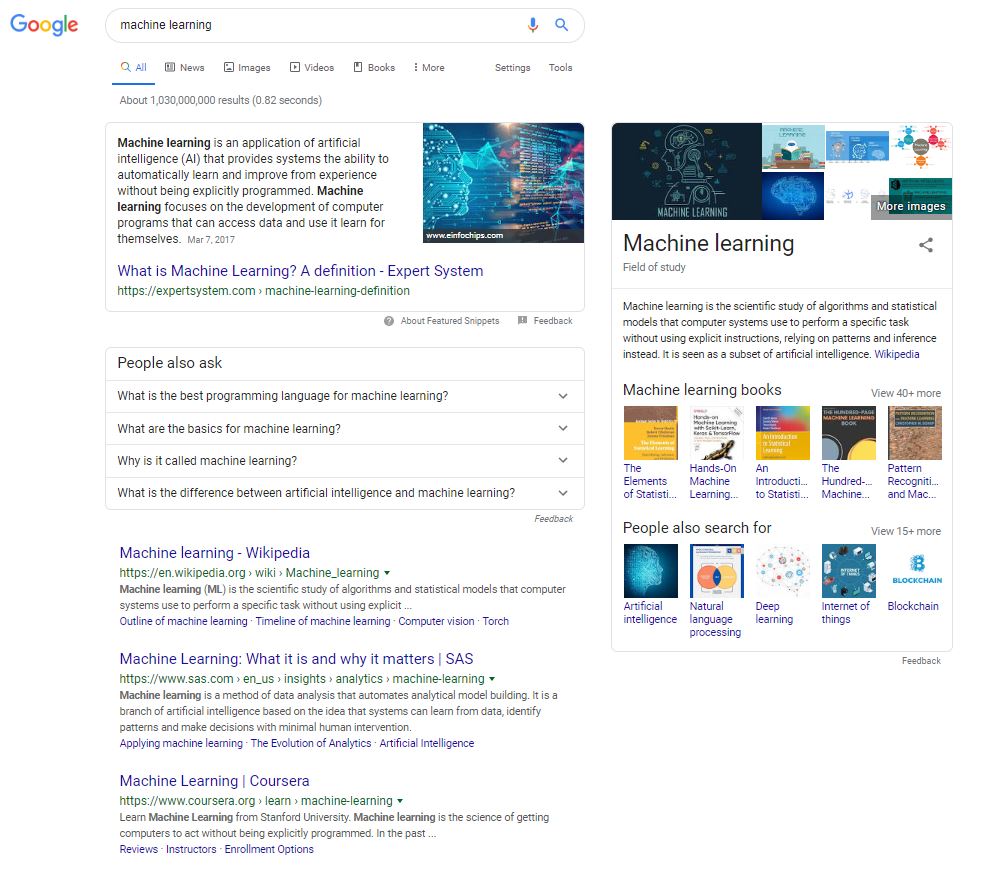
Why Search Intent Matters
As a small business owner or marketing manager, you’ve got a good grasp on who your customers are and why they’re hiring you.
When it comes to search, that translates to knowing what your customers are searching for.
RankBrain means we need to look more & more at the intent behind your customers’ searches.
“If you don’t understand the searcher’s intent behind every keyword,” says Neil Patel, “you could be wasting tons of time and money.”
Okay, so it’s all about intent. What to we need to do now, specifically?
Content Plays a Big Role in RankBrain
With machine learning taking over, does that mean that content marketing is dying?
On the contrary!
Content is actually a great vehicle to leverage intent.
RankBrain is an evolution of Google search, not a radical departure. The basic goal remains the same: To give the user the relevant content that he or she is looking for on the first click.
Thus, providing relevant content is more important than ever!
It’s also important to know what to do and what not to do.
Let’s start with the DON’Ts:
Keyword Stuffing – Blogs & service pages that just load up with keywords are bad enough – even worse if they fail to solve the user’s problem. Such old-School SEO tactics are gone… mercifully.
Wrong Keywords – Choosing a popular keyword might seem tempting. But maybe it’s for a crowded landscape with Page 1 Google results that you could never compete for. Other popular keywords are too general in nature and fail to solve the user’s problem (e.g. they’re looking to hire a drywall contractor, not ‘what is’ or ‘how to’ content).
Writing for Google, Not for People – Even though The Machines are taking over the Google search process, this doesn’t mean you can have pages that would make sense to a bot but not to a person. On the contrary, RankBrain is looking for people’s intent to be fulfilled by the content on your page. If it doesn’t, those users will quickly leave your site and come back to Google, and your search rankings will suffer as a result of not having met users’ intent.
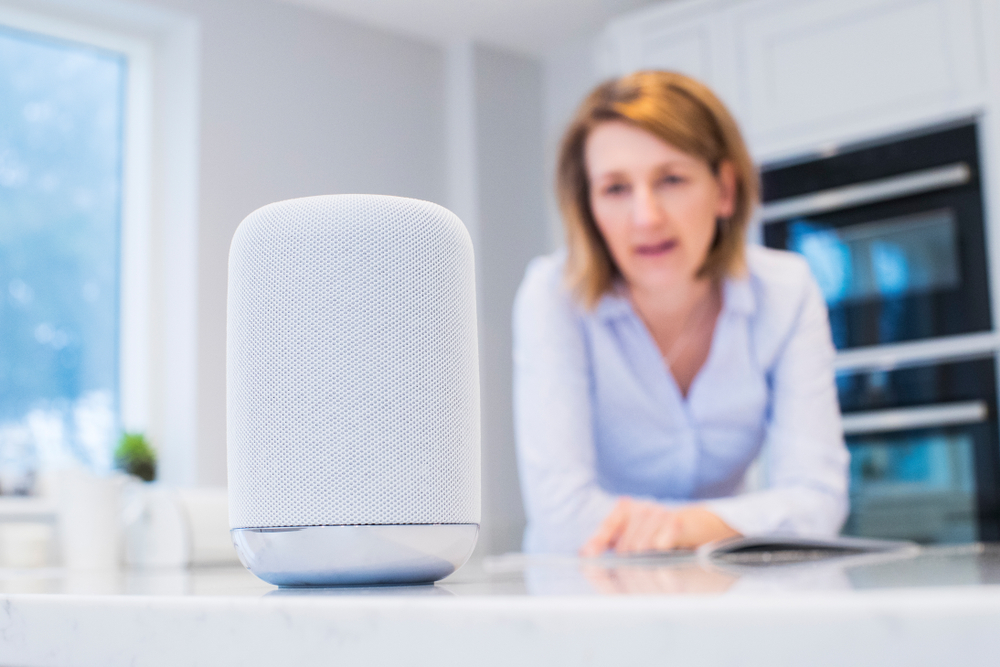
With that in mind, here’s what matters when it comes creating relevant content in the RankBrain era.
Publish Relevant Content. The kind of stuff that grabs people’s attention – from the moment they see your meta description on the search results page, to the headers and intro of the page, etc. Content that’s so valuable in answering their question or solving their problem that they not only stay on the page for longer (dwell time) but click to other pages on your site as well.
Content Above the Fold. What makes someone decide whether this page could solve their problem? What they see first, naturally. That’s why you need to answer the question “above the fold,” on the most prominent real estate a page has to offer, right at the top. Maybe you can’t put the whole answer or solution there, but you’ve got to get as much above the fold as possible to make the case that the reader should stay.
Content That’s Helpful AND Has Depth. Make your page a helpful resource, and you’re ultimately sending signals to Google that it will match the intent of more searches, improving the chances that you’ll get ranked higher AND see more traffic. Quantity alone won’t get you there; after all, 2000 words means nothing if it isn’t relevant & helpful. BUT the math bears out that 2000 words of helpful content > 500 words of helpful content. Why? Again, it’s about dwell time. Go in depth, provide a helpful resource that answers more questions and solves more problems. You might even get lucky and create a page that Google finds so helpful that they make it the featured snippet.
Readability. What else makes content good, besides relevance and depth? You’ll do better if the content flows well, visually, Avoid walls of text. Break it up with images, infographics, bullets… and boiled down into bite-sized chunks.
SEO Strategy for RankBrain & BERT
While there’s no singular formula to succeed at SEO in the era of Google AI, it’s important to recognize its importance and make some adjustments as SEO becomes more driven my machine learning that better understands user intent.
Not sure about the next steps in your SEO strategy?
Don’t hesitate to reach out to us!
We’d be glad to take a look at your current site content and have a conversation about what you might want to do for better results.
